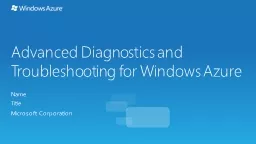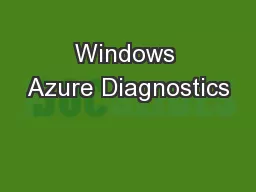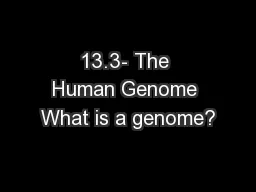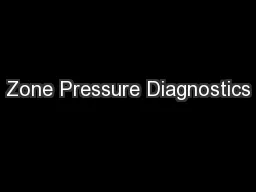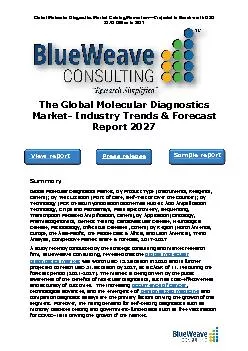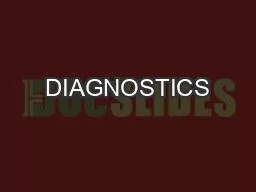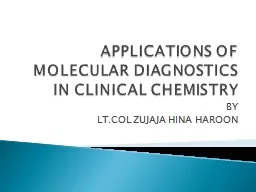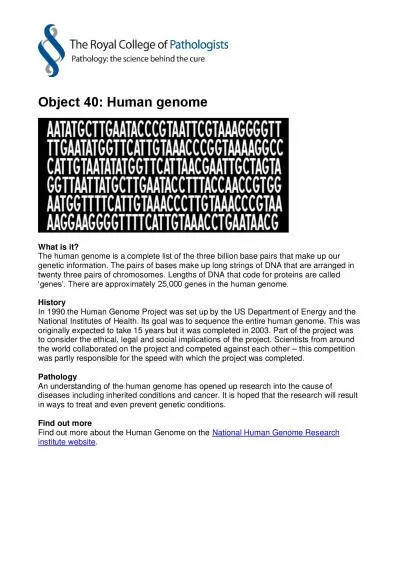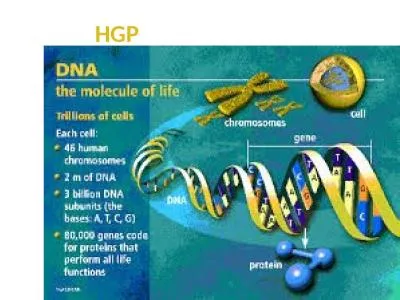PDF-human genome project and the future of diagnostics treatment and pre
Author : harper | Published Date : 2022-10-11
LANCET J B van Ommen E Bakker J T den Dunnen the past 5 years the Human Genome Project has had a tremendous influence on the field of genetics This influence will
Presentation Embed Code
Download Presentation
Download Presentation The PPT/PDF document "human genome project and the future of d..." is the property of its rightful owner. Permission is granted to download and print the materials on this website for personal, non-commercial use only, and to display it on your personal computer provided you do not modify the materials and that you retain all copyright notices contained in the materials. By downloading content from our website, you accept the terms of this agreement.
human genome project and the future of diagnostics treatment and pre: Transcript
Download Rules Of Document
"human genome project and the future of diagnostics treatment and pre"The content belongs to its owner. You may download and print it for personal use, without modification, and keep all copyright notices. By downloading, you agree to these terms.
Related Documents


